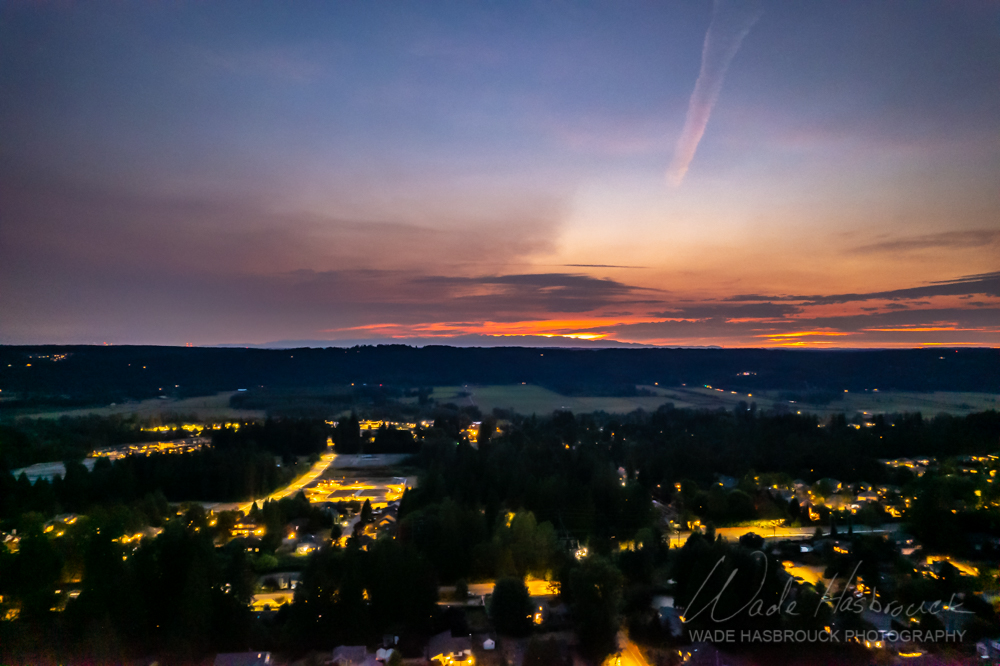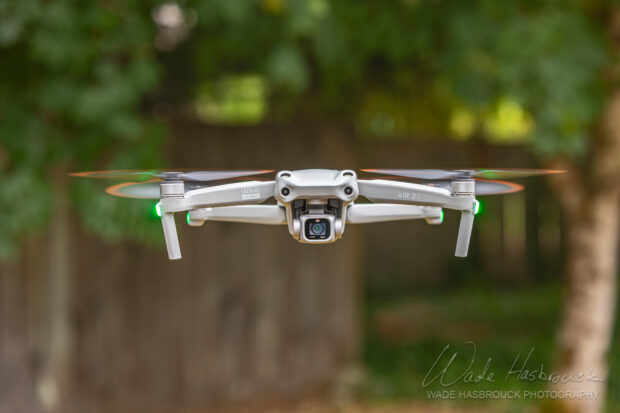
Drones are becoming much more ubiquitous and easier to fly, and as technology advances drones are being used more and more in commercial operations. In those situations the answer to the question in the title is pretty obvious. It is “YES!” If you are using a drone to make money, you need to obtain an FAA Part 107 Commercial Remote Pilot Certificate, a.k.a. “Commercial Drone License” or “Part 107 Certificate.”

If you are curious if someone has a Part 107 Certificate (or any other FAA certificate/rating for that matter), you can simply search for them on the FAA site at https://amsrvs.registry.faa.gov/airmeninquiry/ and see all of the certificates that they hold. For instance, if you search for me you will find that I currently hold not only a Remote Pilot certificate rated for “Small Unmanned Aerial Systems” (a.k.a. “Drone”), but I also hold a Private Pilot certificate rated for “Airplane Single Engine Land” and that my last Third Class Medical Certificate was in September 2015 and that it expired in September 2017 and that I currently fly as a Private Pilot under the FAA’s “Basic Med” rules (replacement for Third Class Medical Certificate). While I have done training for an Instrument Rating, I never completed it.
However, as you get into situations such as “I just use it supplement videos for my YouTube channel.”, or “I am just helping friend out and taking some photos and not getting paid.” In both of these cases you have to be very careful, and the FAA has made their position pretty clear.


As someone who also holds a Private Pilot Certificate, i.e. I fly small planes like a Cessna 172 for “fun”, when I did my Private Pilot training it was drilled into my head that “you CANNOT fly for compensation” and that the FAA’s view of compensation is different than what most people expect. As a Private Pilot you are taught things such as “If you are flying with passengers, you MUST pay for your share of the flight” and that your passengers are not allowed to cover all the costs of the flight (fuel, oil, flight time charges). For instance if I am flying with three passengers, I MUST pay for 25% of the cost of the flight, otherwise the flight could be considered “For Hire.” How they divide up the remaining 75% of the cost is irrelevant. Also the intent of the flight is important, and as a Private Pilot the flight can not be “in furtherance of a business” or “to gain favor from others.” For instance if my manager bought a car in Portland, and I decided to make a flight to Portland and offered to give them a ride to pick up their car, even though I paid for the entire flight, the FAA considers that “commercial” in nature as the intent of the flight is to potentially curry favor from my manager. Now, the order of events is very important in that example, as for instance if I had planned on the flight before finding out my manager bought the car and upon finding out about my manager’s purchase offered them a ride to pick up the car, that basically side steps the FAA’s rule, as I had intended/planned on the flight before finding out the information about my manager’s purchase and they are just tagging along for the ride.
In the YouTube channel scenario, if your channel is monetized, you are making money and thus you are required to have a Part 107 certificate. The FAA doesn’t care how much money you are making from YouTube, but the fact is you are making money and it is considered a commercial operation in the FAA’s eyes. Also, a lot of monetized YouTube channels are promoting products that the YouTuber is selling or endorsing products from other companies. Even though you may only get $5 (or less) from YouTube or if you get no monetary compensation from YouTube but you are using the drone photography or video to promote other products, they can also be deemed “commercial.”
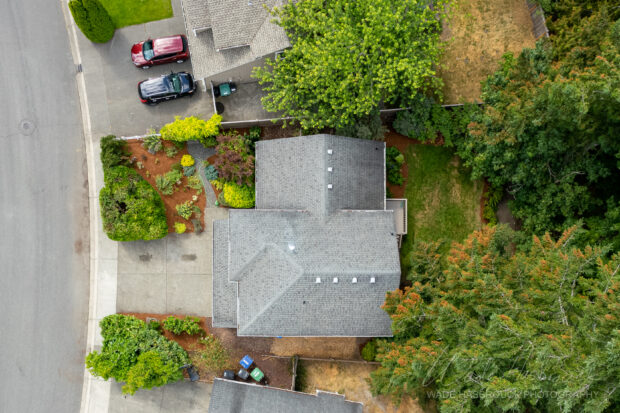
In the situation where you have a drone and a friend asks if you would be a kind and take some pictures of their roof so that they can see what condition it is in, and you agree to do it at no cost. Even though you are not accepting a monetary payment, the FAA would still consider this a commercial flight. This reveals what the FAA truly considers “compensation.” The FAA has always considered things such as “goodwill” as compensation, i.e. I am conducting the flight to help someone out or get someone to think more favorably of me. In my spare time I volunteer with Civil Air Patrol (CAP), which is the non-profit volunteer auxiliary of the U.S. Air Force. CAP is known for flying small aircraft (Cessna 172s, 182s, 206s, etc.) for Search & Rescue and Disaster Relief missions, however as drone technology has been advancing CAP has been starting to incorporate drones into those missions. Now, you might think that if I am volunteering my time with CAP and flying a drone for CAP and obviously not getting paid that it would not be commercial and thus doesn’t require a Part 107 certificate. You would be wrong, as this falls under the “goodwill” position the FAA takes, and thus CAP requires all of their drone pilots to have a Part 107 certificate. In the Private Pilot world, the FAA has granted exceptions to certain organizations (i.e. CAP, Angel Flight, EAA, Pilots N Paws) so that Private Pilots can fly missions funded entirely by the organization (i.e. CAP) or for “goodwill” where they are donating their time, money, and aircraft (Angel Flight, EAA, Pilots N Paws), but these exceptions DO NOT exist for remote pilots and drone operations.

The easiest way to determine if your drone flight would be classified as “commercial” or require a Part 107 certificate is to ask yourself this question before the flight, “What is the intent of the flight?” If your answer is anything but “To have fun” (i.e. enjoy the scenery, racing, have fun with friends, etc.), then it is considered a commercial operation and requires a Part 107 Certificate. Now, if you take some awesome photos while you are were out flying “recreationally” and then later one someone sees the photo and offers you money for a print of that photo, that is NOT a commercial operation because your intent at the time of the flight was for recreation. Claiming a “recreational” flight, taking some cool photos, and then posting them on a site for sale or giving them to someone else for use for commercial use is bound to result in you having a chat with the FAA, if they were to find out, as the intent of the flight there was not really “To have fun.”
Now, some people may say “Well, I don’t want to fly my drone under Part 107 because it is too restrictive, I will just fly as a recreational pilot and I not have to worry about those rules.” This is simply not true. For those not aware, “Part 107” is short for “Title 14 Code of Federal Regulations, Part 107“, and those are all the rules that the FAA has set Drone operations, and can be found here. When Part 107 was put into effect, Congress carved out an exception for Recreational Pilots via Title 49 US Code Section 44809, commonly referred to as “Section 44809.” If you look at the requirements for recreational drone pilots compared to Part 107 pilots there aren’t a lot of differences. The first requirement for recreational flyers is obvious, you must be flying only for recreational purposes. Recreational pilots must still follow the a lot of the same rules as Part 107 pilots, and these include “Keep your drone within visual line of sight”, “give way to and do not interfere with manned aircraft”, “Fly at or below 400′ above ground in controlled airspace, and only with authorization (LAANC or DroneZone)”, “Drones that weigh 250g/0.55 lbs or more must be registered and marked with registration and must carry proof of registration with you”, and “Do not operate your drone in a dangerous manner. i.e. Do not interfere with Emergence Response or Law Enforcement.”
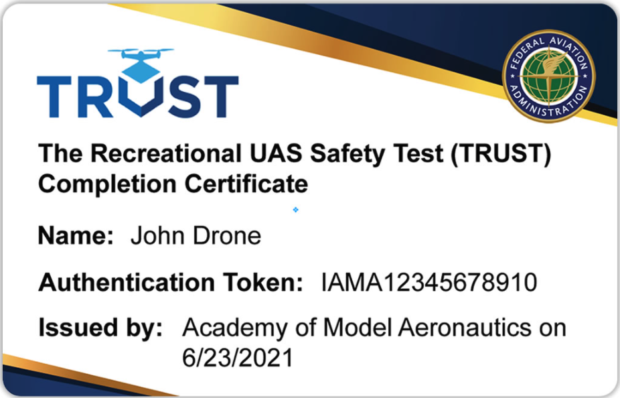
There are two other requirements that many recreational flyers miss and they are “Follow the safety guidelines of an FAA-recognized Community Based Organization (CBO)” and “Take ‘The Recreational UAS Safety Test’ (TRUST) and carry proof of test passage.” The first one people typically ignore because the FAA has not officially recognized any CBOs yet and thus think it doesn’t apply, but if you look on the FAA Recreational Flyers page they do acknowledge this fact and direct recreational flyers to follow the safety guidelines of existing “aeromodeling organizations” or use the FAA provided safety guidelines in FAA Advisory Circular 91-57B. If you go through these safety guidelines, you will find that they are pretty much the same safety guidelines that are outlined in Part 107, which includes guidance around “flight over people and open air mass gatherings” and night flight. The TRUST safety test is one that many may not be aware of because the test was not available until recently. The TRUST safety test in my opinion is a good thing, and you can not fail, and once you pass you will get a certificate that you can print and carry with you (put with your drone) and you only need to take it once. If you are confronted by either law enforcement or the FAA you must be able to produce the TRUST certificate and state which safety guidelines you are following. As a Part 107 pilot I only have to produce my Part 107 certificate, which indicates that I should be aware of and following the safety rules of Part 107. So, in some ways flying as a recreational pilot is more of a hassle this case.

Others will argue that “I don’t want to register my drone and be tracked by the FAA” or “The drone registration is an FAA money grab.” People will argue this because under Part 107, each drone you fly under part 107, regardless of weight, MUST be registered and have their own registration number and as a result you pay the registration fee for each drone. As recreational flyer you only need to register a drone if it weighs 250g/0.55 lbs or more and as a recreational flyer you use the same registration number on all your drones and thus you only need to pay the fee once. This also means if you are flying a sub 250g drone, i.e. DJI Mavic Mini, Mini 2, Mini SE, you don’t have to register the drone. I don’t really buy the “money grab” argument as the registration fee is only $5 and it is good for 3 years! If you bought a drone that needs to be registered and you can’t afford the $5 to register it, you probably should not have bought the drone. People will argue that they fear the FAA is going to track their flights. That is not possible, but what about “Remote ID” to which I say “Right now Remote ID is a ways off and nothing more than ‘This is what it should look like.’ Remote ID implementation is couple years off.” The FAA Registration is basically as “Tail Number” for your drone, and due to people doing stupid stuff with their drones (i.e. crashing into the top of the Space Needle while people were setting up New Year’s Eve fireworks up there), the FAA rightly so implemented a rule requiring drone registration. There is currently no way for the FAA to track your flights, and the only situation where the FAA will track you down is if you did something you probably should not have been doing in the first place. So I don’t really buy “registration” a valid argument of Part 107 being too burdensome.
Some may say, “I want to fly at night or over a group of people, and to do those things under Part 107 you need to file for a waiver, and that is a lot of work I don’t want to do…” Well, new rules that went into effect in April 2021 allow Part 107 pilots to flight at night WITHOUT a waiver as long as you have completed the new recurrent training, available on the FAAST Safety Team site. Flying over groups of people is also now allowed under the new rules, but this one is bit more complicated and wasn’t really allowed in either case in the past, but it is much easier to do for the sub-250g drones and “loitering” over a group is still not allowed for either Part 107 or Recreational.
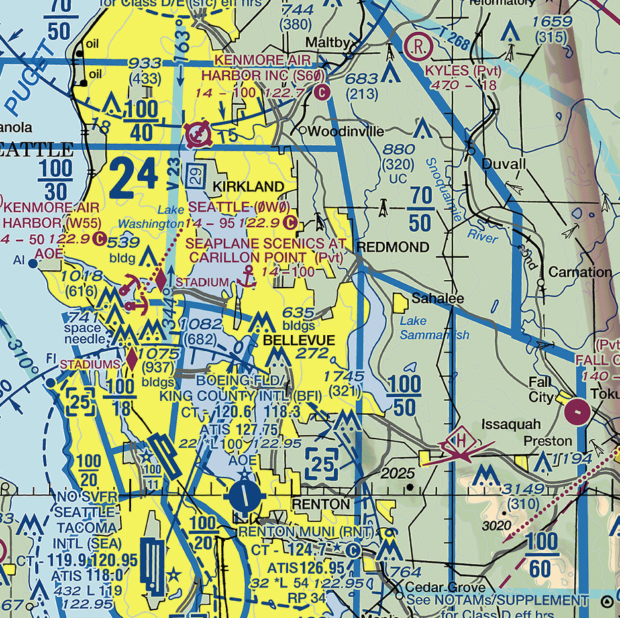
The last argument that people usually put forward for not getting their Part 107 certificate, and I am slightly sympathetic toward is the required Knowledge Test. Where this can be a bit “burdensome” is for those people that do not currently hold a Part 61 Certificate (i.e. Private Pilot, Commercial Pilot, Airline Transport Pilot, etc.) with a current “Biennial Flight Review” (BFR), which is a fair number people. Basically if you don’t hold a pilot certificate (Part 61) to get your Part 107 certificate you have to study for and take a knowledge exam. The knowledge exam is going to cover things such as “Aviation Weather Sources & effects of weather on aircraft performance”, “Emergency Procedures”, “Crew Resource Management”, and “Aeronautical Decision Making” to name a few. Yes there are questions about being able identify certain things on aeronautical charts, questions about being able to decipher “METARs” (Weather info reported by an airport), various classes of airspace, along with all of the Drone questions. This information can be intimidating and for some hard to understand but with some work it is pretty straight forward.
The FAA doesn’t state specific methods for learning the material. So, if you are good with self-study you can find some free resources on the internet (YouTube videos), or you can buy a book off of Amazon and take free practice tests on the internet, or you can invest in an online course that teaches the material. Costs for online courses can range up to $150 or more and that doesn’t include taking the actual test. Once you feel confident to take the test, you make an appoint to take the test at a testing center where the test is proctored (you are only allowed a blank scratch pad, pen/pencil, and a calculator). The cost of taking the test is around $160. If you go with an online course and take the test you are looking at just above $300 as an all-in investment. Considering what it costs to get a Private Pilot certificate, this is a bargain. Some will say that this is yet another “Money Grab” by the FAA, when in actuality the FAA receives no money from the knowledge tests. The fee you pay to take the test is determined by the testing center and that all goes to them. If you chose to do an online course, that money obviously goes to the people doing the course. The FAA gets none of this, and the FAA is just merely determining what questions are on the test. Some will argue “Why do I need to know about different classes of airspace” or “Weather” or “Dangerous Attitudes”, and my response is “Knowledge is Power. No matter where you are, you are operating in environment with manned aircraft and it is powerful to understand some of the rules around how they operate.” Whether your are Part 107 or Recreational, you MUST be able to understand the airspace and the environment you are operating in so that you can be sure that you are following the rules and operating legally.
As a Private Pilot with a current BFR, getting my Part 107 certificate was very easy and thus if you are a Part 61 certificate holder with a current BFR I don’t know why you wouldn’t get your Part 107 certificate. As a Private Pilot to get my Part 107 certificate the only cost to me was my time as the FAA allows Part 61 certificate holders with a current BFR to simply take an online course through the FAA Safety Team website followed by an online test. After that, I submit my application, have a Flight Instructor validate my Private Pilot Certificate, my BFR, and sign the application and after that I am done and have a temporary certificate to use until the permanent one arrives in the mail. The online course and test took me about two hours. Since I am a Private Pilot the online test is focused on the Part 107 (drone) operations and rules as the FAA is assuming that I still remember how to read a chart, the classes of airspace and rules around them and all of the other general aeronautical information.
Now the non-Part 61 (non-pilot) people would say they don’t to spend $150 every two years to renew their certificate, and I would agree that would really suck as the Part 61 people could renew via online course/test like they did for their initial certificate. Well… for 2021, the FAA has changed this and now anyone can renew their Part 107 certificate by taking an online course and test through the FAA Safety Team site, which is free.

So, to answer the question in the title, “Do I REALLY need to get a drone license?” I would say if you have the means to get the certificate, YOU SHOULD! You will learn information that will help you operate in safe manner and be aware of what you can and can’t do. While the FAA does not actively police things such as YouTube or other venues, most of their enforcement actions are a result of tips that are reported to them by the public. You should especially get your Part 107 certificate if you think you may ever operate a drone in a non-recreational manner. Once you have your Part 107 certificate, the “burden” to fly under Part 107 is not that much different than flying as a Recreational Pilot. Renewal of the certificate is only going to cost you a little bit of time, and in the long run flying under Part 107 you are going to be a more knowledgeable and safer pilot and may save yourself an awkward conversation with the FAA!
